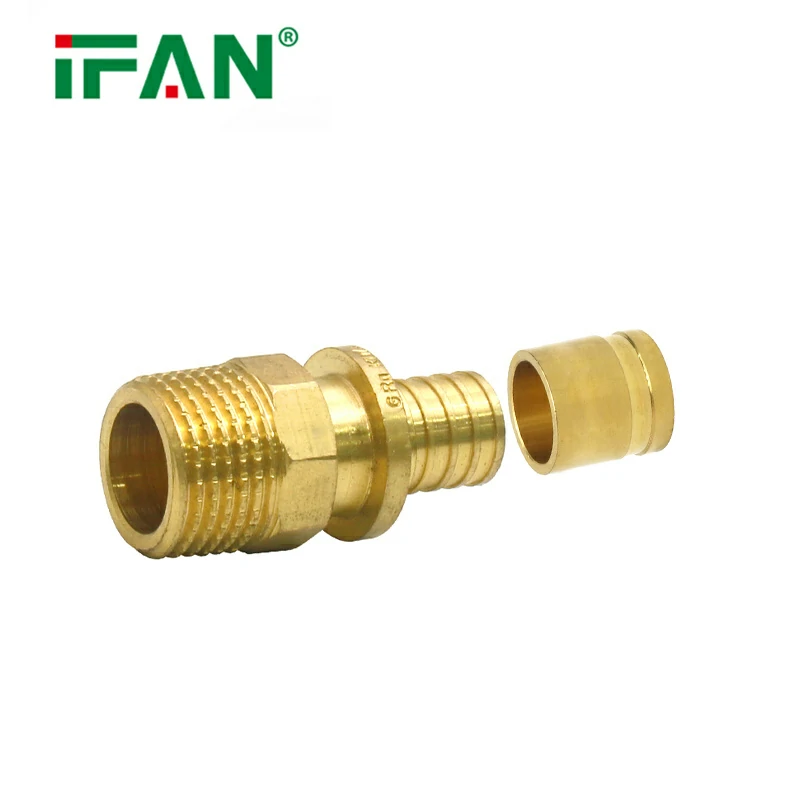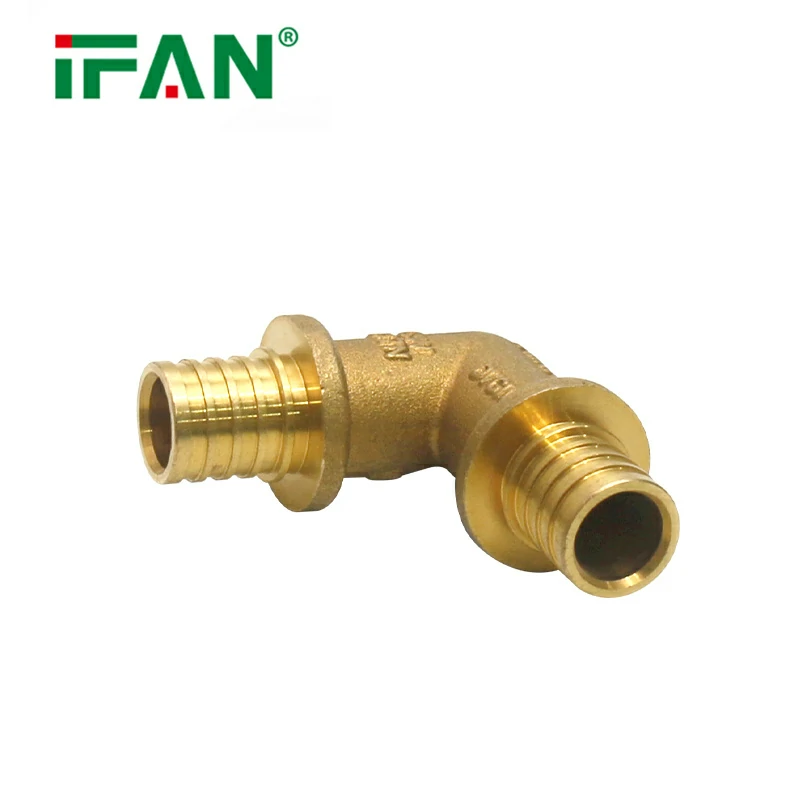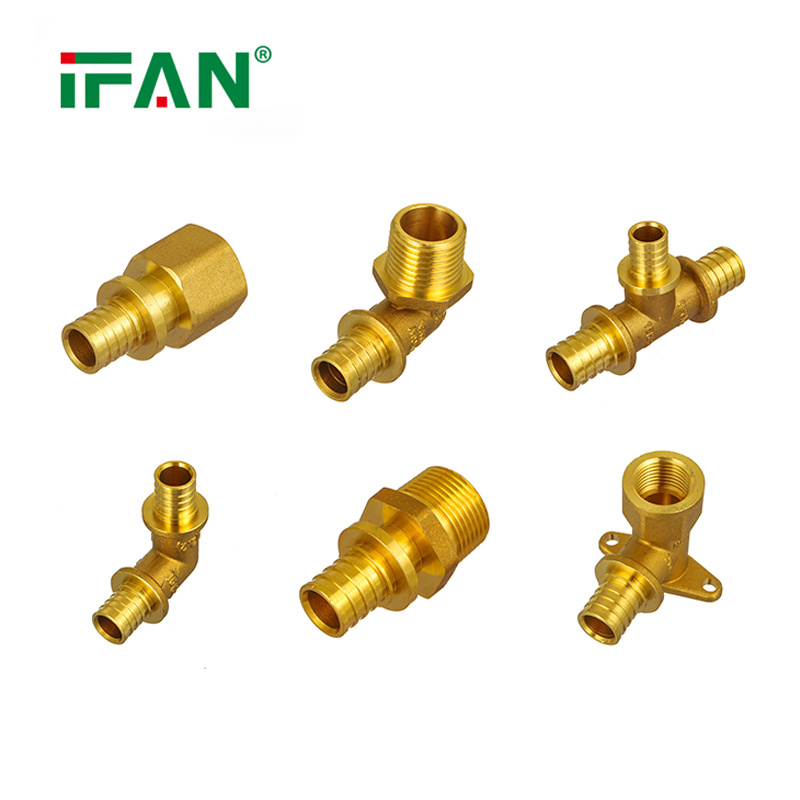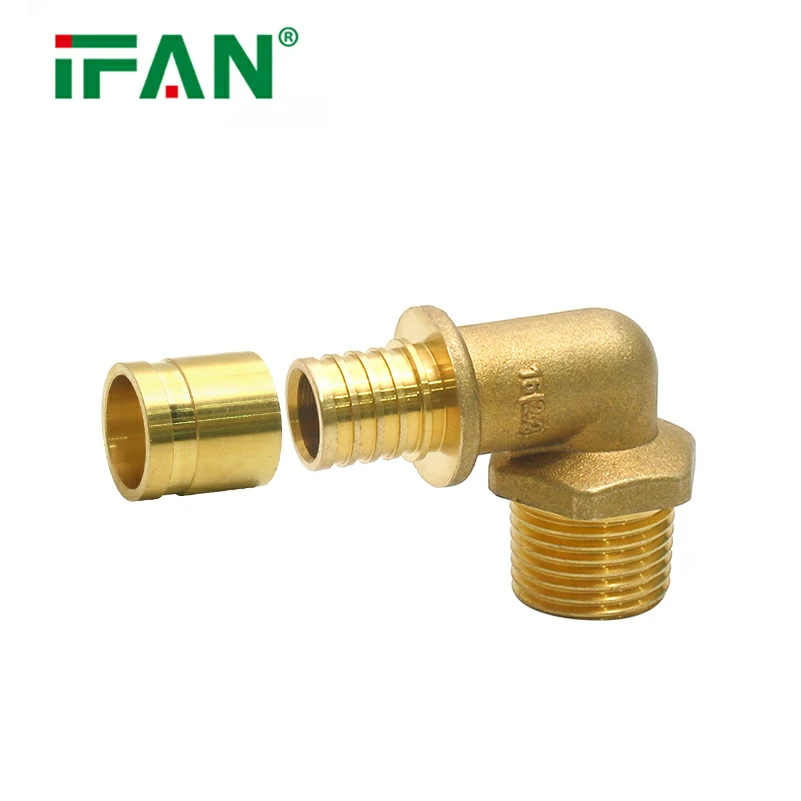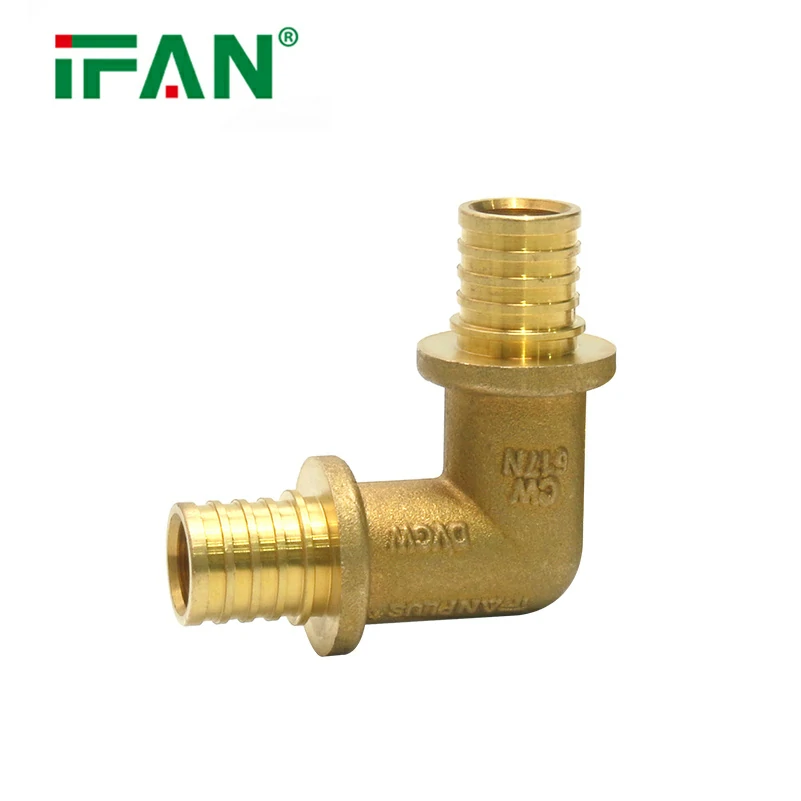Introduction
As the demand for efficient and reliable plumbing systems continues to grow, the performance characteristics of PEX (crosslinked polyethylene) hot-water systems have become a focal point of discussion among industry professionals. PEX has gained popularity due to its flexibility, resistance to corrosion, and ease of installation. However, as the plumbing industry evolves, it is essential to explore alternative materials that can offer comparable or superior performance characteristics. One such alternative is PPR (Polypropylene Random Copolymer) pipe. This article will delve into the performance characteristics of PEX hot-water systems, analyze their strengths and weaknesses, and compare them with PPR pipes to highlight the benefits of choosing PPR for hot-water applications.
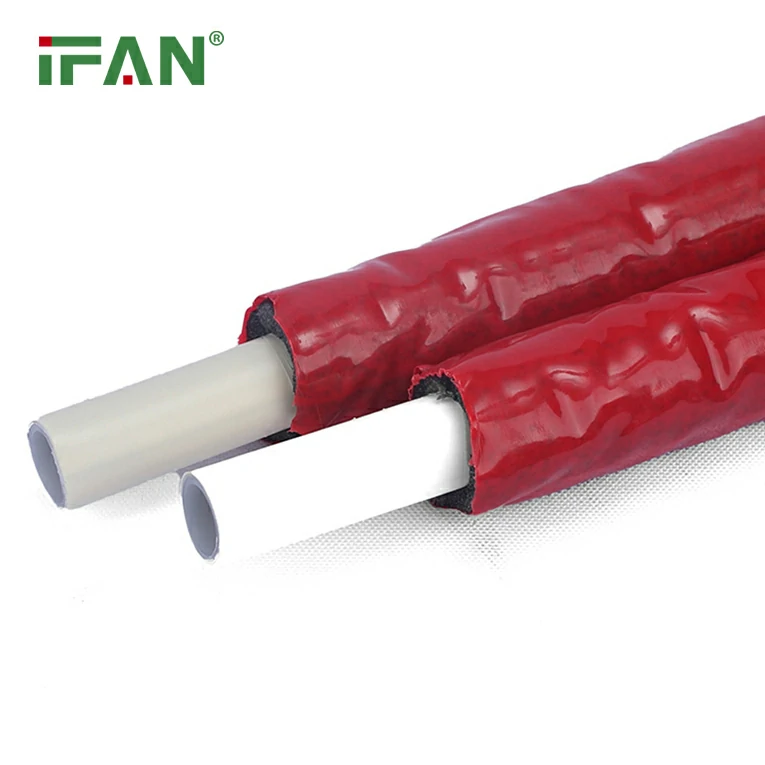
Understanding PEX Hot-Water Systems
What are PEX Hot-Water Systems?
PEX hot-water systems utilize flexible PEX piping to distribute hot water throughout residential and commercial buildings. These systems are designed to withstand high temperatures and pressures, making them suitable for various applications, including domestic hot water supply, radiant heating, and more.
Key Performance Characteristics of PEX Hot-Water Systems
- Temperature Resistance: PEX pipes can handle temperatures up to 95°C (203°F), making them suitable for hot-water applications. However, prolonged exposure to high temperatures can lead to a reduction in the material’s lifespan.
- Pressure Rating: PEX systems are designed to withstand high pressures, typically rated for up to 160 psi at 23°C (73°F). This pressure rating is crucial for maintaining consistent water flow in hot-water systems.
- Flexibility: One of the standout features of PEX is its flexibility, allowing for easy installation in complex plumbing layouts. This flexibility also reduces the number of joints and fittings required, minimizing potential leak points.
- Corrosion Resistance: PEX is resistant to corrosion, which is a significant advantage over metal piping systems. This resistance helps maintain water quality and prolongs the lifespan of the plumbing system.
- Thermal Expansion: PEX has a higher coefficient of thermal expansion compared to other materials, meaning it can expand and contract with temperature changes. While this can be a benefit in preventing cracking, it may require additional support in certain installations.
Limitations of PEX Hot-Water Systems
While PEX offers numerous advantages, it is essential to consider its limitations, especially when evaluating its performance in hot-water systems.
1. Chemical Leaching
One of the primary concerns regarding PEX pipes is the potential for chemical leaching into the water supply. Studies have shown that certain chemicals used in the manufacturing process can leach into hot water, raising health concerns among consumers. While regulatory bodies have established guidelines for acceptable levels of leaching, many homeowners remain apprehensive.
2. UV Sensitivity
PEX pipes are sensitive to ultraviolet (UV) light, which can degrade the material over time. This limitation makes PEX unsuitable for outdoor applications unless adequately protected from sunlight. In contrast, PPR pipes are not affected by UV exposure, making them a more versatile choice for various applications.
3. Limited High-Temperature Performance
Although PEX can handle high temperatures, it has limitations compared to other materials. For instance, in applications where water temperatures exceed 95°C, PEX may not perform as effectively, leading to potential failures in the system.
4. Installation Challenges
While PEX is generally easy to install, it requires specialized fittings and tools for connections. This can increase installation costs and complexity compared to alternative materials like PPR, which can be joined using heat fusion methods.
PPR Pipes: A Sustainable Alternative
What are PPR Pipes?
PPR pipes are made from Polypropylene Random Copolymer, a type of plastic known for its excellent chemical resistance, durability, and thermal insulation properties. PPR pipes are increasingly being used in plumbing applications, particularly for hot-water systems.
Performance Characteristics of PPR Pipes
- Temperature Resistance: PPR pipes can handle temperatures up to 80°C (176°F) consistently, making them suitable for various hot-water applications. However, they can also be used in higher temperature applications when properly supported.
- Pressure Rating: PPR pipes are designed to withstand high pressures, typically rated for up to 100 psi at 20°C (68°F). This makes them reliable for hot-water distribution systems.
- Chemical Resistance: PPR pipes have excellent resistance to a wide range of chemicals, making them suitable for transporting hot water without the risk of chemical leaching. This characteristic contributes to better water quality compared to PEX systems.
- Thermal Insulation: PPR provides excellent thermal insulation, which helps maintain the temperature of hot water as it travels through the system. This insulation can lead to energy savings in hot-water applications.
- Ease of Installation: PPR pipes are lightweight and easy to handle, making installation straightforward. The heat fusion joining method creates strong, leak-free connections, reducing the potential for failures in the system.
Comparing PEX and PPR Pipes for Hot-Water Systems
When deciding between PEX and PPR pipes for hot-water systems, several factors should be considered:
1. Chemical Safety
While PEX pipes can leach chemicals into hot water, PPR pipes are free from such concerns. This makes PPR a safer choice for potable water applications, particularly in residential settings where water quality is paramount.
2. Temperature and Pressure Performance
Both PEX and PPR can handle high temperatures and pressures; however, PEX has a higher maximum temperature rating. That said, the performance of PPR pipes can be enhanced with proper installation and insulation techniques, making them suitable for a wider range of applications.
3. Installation Methods
PEX requires specialized fittings and tools, which can complicate the installation process. In contrast, PPR pipes can be easily joined using heat fusion, creating a streamlined installation experience. This not only reduces labor costs but also minimizes potential leak points.
4. Longevity and Maintenance
Both PEX and PPR pipes are designed for long-term use; however, PPR pipes have a longer lifespan and require less maintenance due to their resistance to chemical degradation. This can lead to lower total costs over the life of the plumbing system.
5. Environmental Impact
PPR pipes are fully recyclable, making them a more environmentally friendly option compared to PEX. As sustainability becomes increasingly important in construction and plumbing, choosing PPR can contribute to reducing the overall environmental footprint of plumbing systems.
Conclusion
As the plumbing industry continues to evolve, understanding the performance characteristics of PEX hot-water systems is crucial for making informed decisions. While PEX offers several advantages, its limitations, particularly concerning chemical safety and installation complexity, cannot be overlooked. PPR pipes emerge as a compelling alternative, providing superior chemical resistance, ease of installation, and long-term sustainability.
By considering the performance characteristics of both PEX and PPR pipes, industry professionals can make informed choices that enhance the reliability and safety of hot-water systems. Ultimately, the shift towards more sustainable materials like PPR will contribute to a greener future for the plumbing industry.
Frequently Asked Questions (FAQs)
1. What is the maximum temperature that PEX pipes can handle?
PEX pipes can handle temperatures up to 95°C (203°F), making them suitable for most hot-water applications.
2. Are PPR pipes suitable for hot-water systems?
Yes, PPR pipes are suitable for hot-water systems and can handle temperatures up to 80°C (176°F) consistently.
3. What are the advantages of using PPR pipes over PEX pipes?
PPR pipes offer better chemical resistance, easier installation (using heat fusion), and are fully recyclable, making them a more sustainable choice.
4. Can PEX pipes leach chemicals into hot water?
Yes, studies have shown that certain chemicals used in the manufacturing of PEX pipes can leach into hot water, raising health concerns.
5. How do PPR pipes contribute to energy efficiency in hot-water systems?
PPR pipes provide excellent thermal insulation, helping to maintain the temperature of hot water and reducing energy costs associated with heating.

